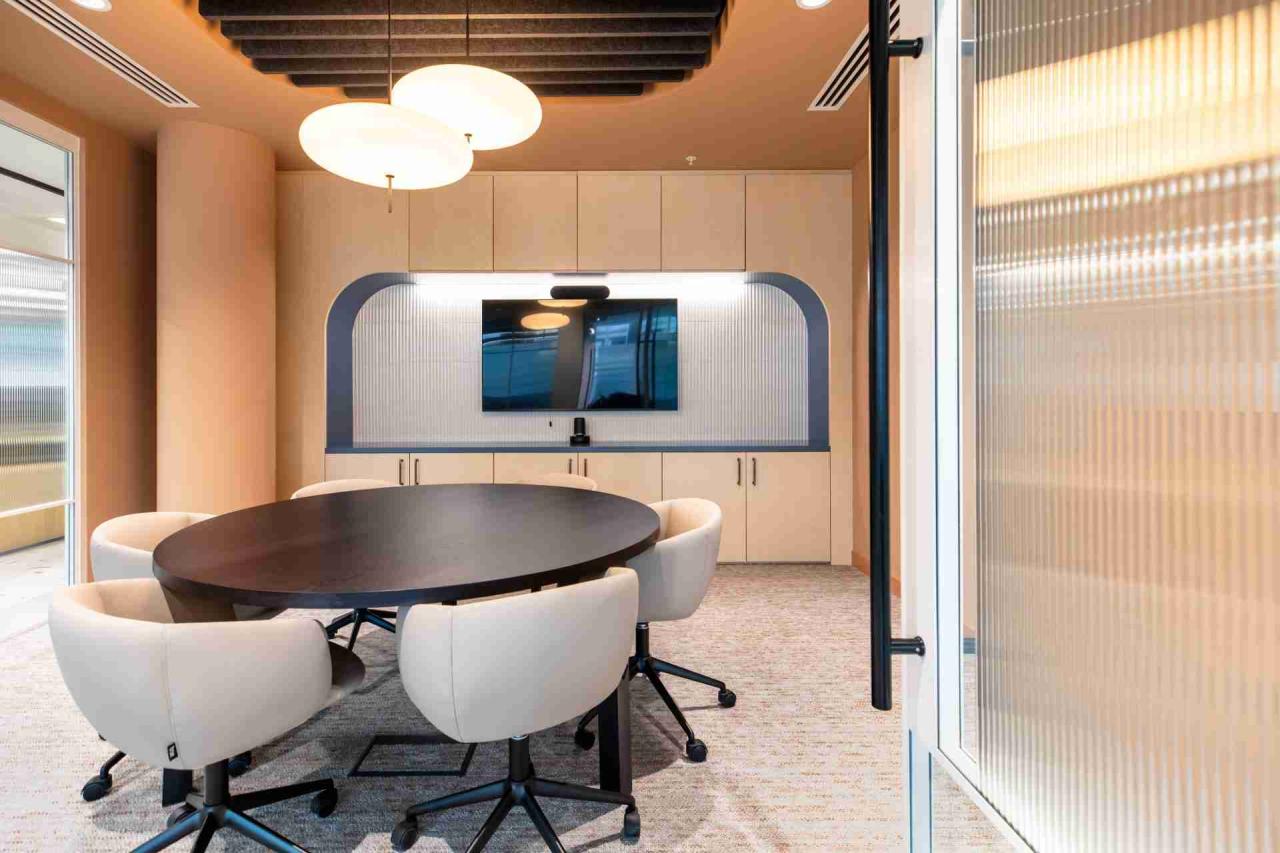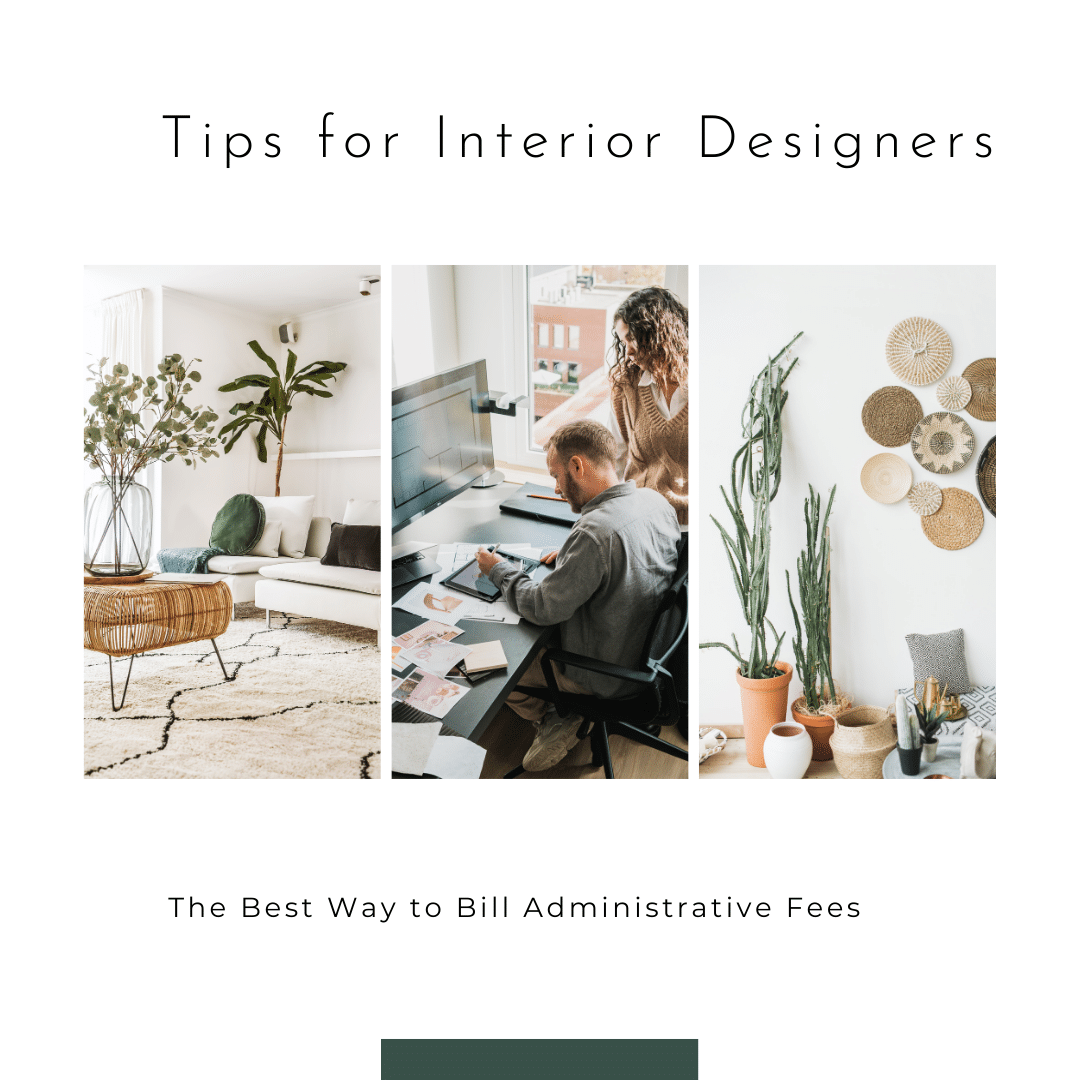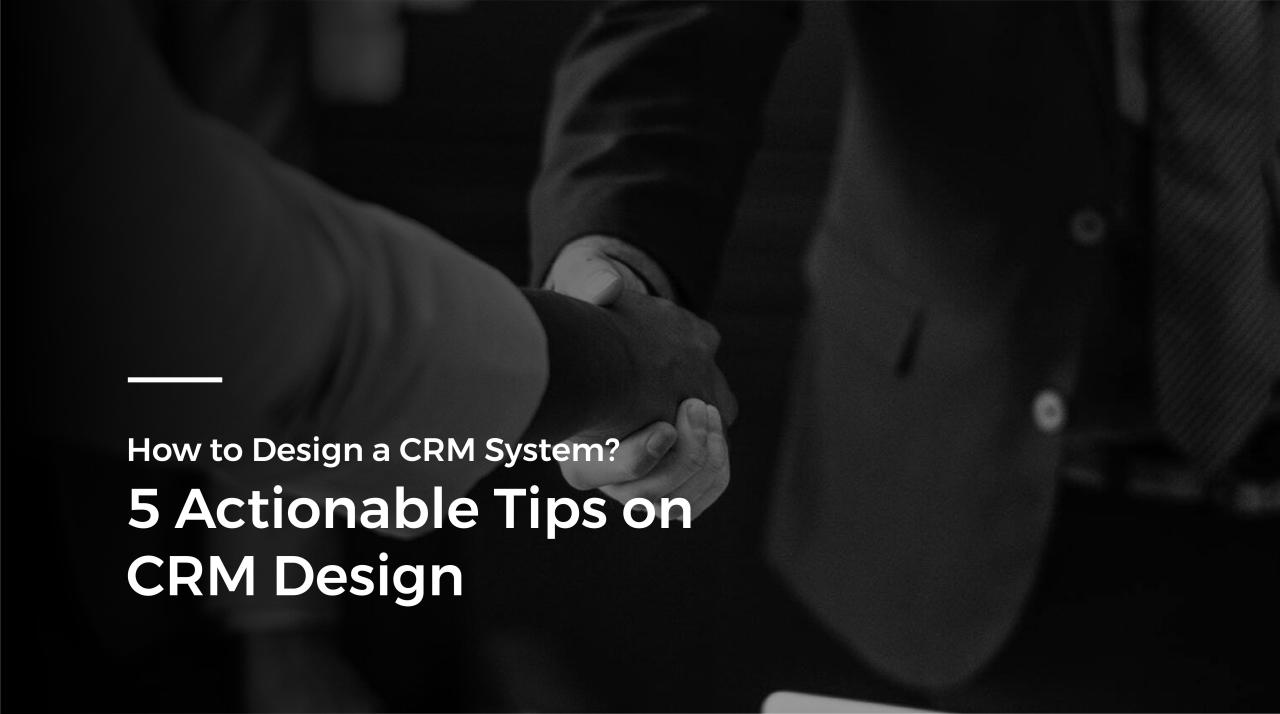Best CRM for interior designers is more than just software; it’s a strategic investment in streamlined workflows and enhanced client relationships. Finding the right CRM can significantly impact a design firm’s efficiency, from managing complex projects and client communication to tracking leads and boosting sales. This guide explores key features, software types, integration options, and crucial considerations for selecting the perfect CRM solution to elevate your interior design business.
This exploration delves into the critical aspects of CRM selection for interior designers, covering everything from essential features and software types to integration capabilities and the crucial factors to consider before making a purchase. We’ll examine how different CRMs can help manage projects, nurture client relationships, and ultimately drive business growth. The goal is to provide a comprehensive understanding, empowering interior designers to make informed decisions that best suit their unique needs.
Top CRM Features for Interior Designers
Choosing the right CRM can significantly streamline your interior design business, improving efficiency and client satisfaction. A well-integrated system will manage your projects, communications, and client relationships seamlessly, allowing you to focus on the creative aspects of your work. This section details essential CRM features that cater specifically to the needs of interior designers.
Essential CRM Features for Interior Designers
A robust CRM tailored for interior design should offer a comprehensive suite of tools to manage every aspect of your business. The following table highlights key features and their benefits.
| Feature | Benefit | Example | Impact |
|---|---|---|---|
| Contact Management | Centralized storage of client information (contact details, project history, preferences, etc.), ensuring easy access and consistent communication. | Storing client’s preferred color palettes, furniture styles, and past project details in one place. | Improved client service and personalized interactions. |
| Scheduling & Calendar Integration | Efficiently manage appointments, consultations, site visits, and deadlines, minimizing scheduling conflicts and maximizing productivity. | Automated reminders for client meetings and project milestones. | Reduced missed appointments and improved time management. |
| Project Tracking & Management | Monitor project progress, track milestones, manage tasks, and collaborate with team members effectively. | Real-time updates on project phases, from initial consultation to final installation. | Improved project organization and timely completion. |
| Communication Tools | Streamlined communication with clients through integrated email, messaging, and potentially video conferencing features. | Sharing design mockups and revisions directly through the CRM platform. | Enhanced client engagement and faster response times. |
The Importance of Lead Management Features
Effective lead management is crucial for interior design businesses. A CRM with strong lead management capabilities helps identify, qualify, and nurture potential clients, ultimately boosting conversion rates. Features such as lead scoring, automated workflows, and reporting dashboards provide valuable insights into the sales pipeline, allowing for proactive engagement and improved client acquisition. For instance, a lead scoring system could automatically prioritize leads based on factors like project budget and timeline, allowing you to focus on the most promising opportunities first.
Automated email sequences can nurture leads by providing relevant information and updates, keeping your business top-of-mind. Detailed reporting allows you to track the effectiveness of your lead generation efforts, enabling data-driven adjustments to your marketing strategies.
Contact Management: Basic CRM vs. Specialized CRM
The difference between contact management in a basic CRM and a specialized CRM for interior design lies in the depth and relevance of the features.
| Feature | Basic CRM | Specialized Interior Design CRM | Example |
|---|---|---|---|
| Contact Information | Basic contact details (name, phone, email). | Comprehensive client profiles including project details, style preferences, budget, and communication history. | Storing a client’s preferred color scheme, furniture style, and previous project details alongside basic contact information. |
| Project Management | Limited or no project management capabilities. | Integrated project tracking, task management, and milestone tracking specific to interior design projects. | Tracking project phases, from initial design concept to final installation. |
| Visual Collaboration | Limited or no integration with design software. | Seamless integration with design software for sharing and collaborating on designs. | Directly uploading and sharing design mockups and revisions within the CRM. |
| Reporting & Analytics | Basic reporting on contacts and sales. | Detailed reporting on project profitability, client acquisition costs, and other key metrics specific to interior design businesses. | Tracking project profitability and client lifetime value. |
CRM Software Types and Their Suitability

Choosing the right CRM system is crucial for an interior design business. The efficiency and organization of your operations are directly impacted by the type of CRM you select. This section explores different CRM software types and their suitability for interior design firms, focusing on cloud-based versus on-premise solutions and the value of integrated project management features.
Cloud-Based vs. On-Premise CRM Systems
The decision between cloud-based and on-premise CRM systems depends heavily on your business’s specific needs and resources. Both offer distinct advantages and disadvantages.
| Feature | Cloud-Based CRM | On-Premise CRM |
|---|---|---|
| Accessibility | Accessible from anywhere with an internet connection, enhancing collaboration and remote work capabilities. | Accessible only from within the company network, limiting flexibility and remote access. |
| Cost | Typically subscription-based, offering predictable monthly or annual expenses and potentially lower upfront costs. | Requires significant upfront investment in software licenses, hardware, and IT infrastructure; ongoing maintenance costs can also be substantial. |
| Maintenance & Updates | Vendor handles all maintenance, updates, and security patches, reducing IT burden on the business. | Requires dedicated IT staff or external IT support for maintenance, updates, and security. |
| Scalability | Easily scalable to accommodate business growth; resources can be adjusted as needed. | Scaling requires significant investment in additional hardware and software licenses, potentially leading to disruptions. |
Project Management Capabilities in CRM Systems
CRM systems with integrated project management capabilities offer significant advantages for interior design businesses. These features streamline workflows by centralizing project information, improving communication and collaboration among team members, clients, and contractors. For example, a designer can track project timelines, deadlines, and budgets within the CRM, ensuring projects stay on track and within budget. Real-time updates on project progress facilitate proactive communication with clients, reducing misunderstandings and delays.
CRM Pricing Models
Interior design firms of varying sizes can benefit from different CRM pricing models. Understanding these models is key to selecting a financially viable solution.
Three common CRM pricing models are:
- Subscription-based pricing: This model involves a recurring monthly or annual fee for access to the CRM software. It’s often suitable for smaller businesses with predictable budgets. The cost typically scales with the number of users or features.
- Tiered pricing: This model offers different pricing tiers based on features and functionality. Businesses can select a tier that aligns with their needs and budget. Higher tiers usually offer more advanced features and greater user capacity.
- Per-user pricing: This model charges a fee for each user who accesses the CRM. It’s beneficial for businesses that need to control costs by limiting the number of users.
Integrating CRM with Other Business Tools: Best Crm For Interior Designers

A robust CRM system for interior designers isn’t just a contact list; it’s the central hub connecting all aspects of your business. Seamless integration with other software dramatically streamlines workflows, minimizes manual data entry, and ultimately boosts efficiency and profitability. By connecting your CRM to tools you already use, you create a unified system that provides a holistic view of your projects and clients.Integrating your CRM with other commonly used software applications offers significant advantages.
This interconnectedness eliminates data silos, improves data accuracy, and automates repetitive tasks, freeing up valuable time for more strategic activities. The benefits extend across various areas of your business, impacting everything from client communication to project completion.
CRM Integration Benefits, Best crm for interior designers
The integration of a CRM with other business tools offers numerous benefits. These benefits translate into tangible improvements in efficiency and profitability. Consider the following key advantages:
- Reduced Data Entry: Information entered into one system automatically updates across all integrated platforms, eliminating redundant data entry and minimizing errors.
- Improved Data Accuracy: A single source of truth for client and project information reduces inconsistencies and ensures everyone works from the same up-to-date information.
- Enhanced Collaboration: Team members can access relevant information from a central location, improving communication and coordination on projects.
- Streamlined Workflows: Automated tasks and seamless data flow across platforms create a more efficient and less error-prone workflow.
- Better Client Communication: Integrated systems enable timely and relevant communication with clients, fostering stronger relationships and improving client satisfaction.
Automating Tasks and Improving Efficiency
CRM integration facilitates automation in several key areas, significantly boosting efficiency. For instance, automated email sequences can be triggered based on specific client interactions or project milestones. Imagine automatically sending a thank-you email after a consultation, a project update email at key stages, or a follow-up email after project completion. Similarly, project updates can be automatically synced across platforms, keeping everyone informed and reducing the need for manual updates.
This automated communication keeps clients engaged and informed, while saving designers considerable time and effort.
Integrating CRM with a Scheduling Tool
Integrating your CRM with a popular scheduling tool like Calendly or Acuity Scheduling significantly improves client appointment management. This integration eliminates double-booking, provides clients with self-service scheduling options, and ensures appointments are accurately recorded within the CRM system. The process typically involves connecting your CRM and scheduling tool through an API or third-party integration platform. Once integrated, new appointments automatically appear in your CRM, complete with client details and appointment specifics.
This streamlined process minimizes scheduling conflicts, reduces administrative overhead, and enhances the overall client experience.
Case Studies
Successful CRM implementation significantly boosts efficiency and profitability for interior design firms. By centralizing client information, automating tasks, and providing valuable data-driven insights, a CRM system can transform how a business operates, leading to stronger client relationships and increased revenue. The following case study and visual representation illustrate the practical benefits.
Hypothetical Case Study: “Design Haven” and CRM Success
Design Haven, a mid-sized interior design firm, experienced significant growth challenges due to expanding clientele and difficulty managing projects and client communication effectively. Implementing a CRM system addressed these issues.
- Step 1: Data Consolidation: Design Haven migrated all client information (contact details, project details, communication history) into the CRM system, creating a centralized database accessible to all team members.
- Step 2: Workflow Automation: They automated email marketing campaigns, appointment scheduling, and project milestone reminders, freeing up valuable time for designers to focus on creative work.
- Step 3: Client Relationship Management: The CRM’s features enabled personalized communication and proactive follow-ups with clients, strengthening relationships and improving client satisfaction.
- Step 4: Sales Pipeline Tracking: Design Haven tracked the progress of each project through the sales pipeline, identifying potential bottlenecks and optimizing the sales process.
- Results: Within six months, Design Haven saw a 20% increase in sales, a 15% improvement in client retention, and a 25% reduction in administrative overhead. They also reported a significant improvement in team collaboration and project management efficiency.
CRM Dashboard Visualization
Imagine a dashboard displaying key performance indicators (KPIs) in a clear, visually appealing format. The top section could show a bar graph comparing the current month’s revenue against the previous month’s and the same month last year. Below that, a pie chart could visually represent the distribution of projects across different stages of the sales pipeline (e.g., lead, proposal, contract, completed).
Another section might show a line graph tracking client acquisition over time, illustrating growth trends. Finally, a table could display the top-performing designers based on sales revenue or client satisfaction ratings, fostering healthy competition and highlighting individual strengths. This comprehensive dashboard provides a quick overview of the business’s health and identifies areas needing attention.
Challenges of CRM Implementation and Solutions
Implementing a CRM system can present certain challenges for interior design firms. Addressing these proactively is crucial for successful adoption.
- Challenge: Data Migration and Clean-up: Transferring existing client data to a new CRM system can be time-consuming and require data cleansing. Solution: Allocate sufficient time and resources for data migration. Employ data cleaning tools or services to ensure data accuracy and consistency before migrating.
- Challenge: Staff Training and Adoption: Team members may resist using a new system if they are not adequately trained or if the system is not user-friendly. Solution: Provide comprehensive training sessions and ongoing support. Choose a CRM system that is intuitive and easy to use.
- Challenge: Integration with Existing Systems: Integrating the CRM with other business tools (accounting software, project management software) is crucial for seamless data flow. Solution: Select a CRM with robust integration capabilities or utilize integration platforms to connect different systems.
- Challenge: Cost of Implementation and Maintenance: CRM systems can involve upfront costs and ongoing subscription fees. Solution: Carefully evaluate different CRM options and choose one that aligns with the budget. Consider the long-term return on investment (ROI).
Choosing the Right CRM

Selecting the perfect CRM for your interior design business is crucial for streamlining operations and fostering growth. The right system will help manage client projects, track communication, and ultimately boost your efficiency and profitability. A poorly chosen CRM, however, can lead to frustration and wasted resources. Therefore, careful consideration of several key factors is essential before making a purchase decision.
The process of selecting a CRM involves a thorough evaluation of your business needs, technical capabilities, and budget constraints. This ensures the chosen software aligns perfectly with your current and future requirements, maximizing its potential benefit to your business. Understanding your specific needs and limitations will guide you towards the ideal solution.
Factors to Consider When Choosing a CRM
Several critical factors influence the selection of the right CRM for interior designers. Ignoring these elements can result in a system that doesn’t meet your business needs or is too difficult to use effectively. A careful assessment of these factors will ensure a smoother implementation and a higher return on investment.
- Budget: CRMs range significantly in price, from affordable cloud-based options to expensive, enterprise-level solutions. Determine your budget upfront to narrow down your choices and avoid exceeding your financial limits. Consider not only the initial cost but also ongoing subscription fees, potential implementation costs, and training expenses.
- Business Size: The size of your design firm directly impacts your CRM needs. A solopreneur will have different requirements than a large firm with multiple designers and project managers. A smaller firm might benefit from a simpler, more affordable CRM, while a larger firm might need a more robust and scalable solution with advanced features.
- Technical Expertise: Consider the technical skills of your team. Some CRMs are user-friendly with intuitive interfaces, while others require more technical expertise to implement and manage. Choose a system that aligns with your team’s capabilities to ensure smooth adoption and efficient use.
- Desired Features: Identify the essential features you need in a CRM. This might include contact management, project management capabilities, lead tracking, proposal generation, scheduling tools, and reporting and analytics dashboards. Prioritize the features that are most critical to your business processes.
Evaluating CRM Providers
Once you’ve identified your needs, it’s time to compare different CRM providers. A systematic approach to evaluating these providers will help you make an informed decision. This involves carefully reviewing key aspects of each provider’s offerings.
A comparison matrix, using a spreadsheet or similar tool, is highly recommended. You should list each CRM provider and rate them based on specific criteria. This allows for a side-by-side comparison, making it easy to identify the best fit for your business.
| CRM Provider | Features | Pricing | Customer Support | User Reviews |
|---|---|---|---|---|
| Provider A | List key features | Pricing tiers | Support channels and responsiveness | Summary of user reviews from various sources |
| Provider B | List key features | Pricing tiers | Support channels and responsiveness | Summary of user reviews from various sources |
| Provider C | List key features | Pricing tiers | Support channels and responsiveness | Summary of user reviews from various sources |
Questions to Ask Potential CRM Vendors
Before committing to a CRM, it’s vital to ask potential vendors specific questions to clarify any uncertainties and ensure the software meets your expectations. This proactive approach prevents potential issues down the line and ensures a smoother implementation.
- What specific features does your CRM offer for interior design businesses?
- What is your pricing structure, and are there any hidden costs?
- What type of customer support do you provide, and what are your response times?
- Can you provide case studies or testimonials from other interior design firms using your CRM?
- What is your data security and privacy policy?
- What is the implementation process like, and how long will it take?
- What training and support will you provide to our team?
- What are your scalability options if our business grows?
Outcome Summary

Ultimately, selecting the best CRM for your interior design business hinges on a careful assessment of your specific needs and priorities. By understanding the key features, considering integration capabilities, and evaluating different providers based on factors like budget and technical expertise, you can confidently choose a solution that streamlines your operations, enhances client relationships, and drives significant growth. Investing in the right CRM is an investment in the future success of your design firm.
Answers to Common Questions
What is the average cost of a CRM for interior designers?
Costs vary greatly depending on features, scalability, and provider. Expect a range from free options with limited functionality to several hundred dollars per month for robust enterprise solutions.
Can I integrate my CRM with my existing accounting software?
Yes, many CRMs offer integrations with popular accounting software like QuickBooks or Xero, streamlining financial management and reporting.
How long does it typically take to implement a new CRM?
Implementation time depends on the CRM’s complexity and your business’s size. Expect anywhere from a few weeks to several months for complete setup and training.
What kind of training is involved with using a CRM?
Most providers offer training resources, including tutorials, documentation, and sometimes even personalized onboarding sessions to help your team get comfortable with the new system.
